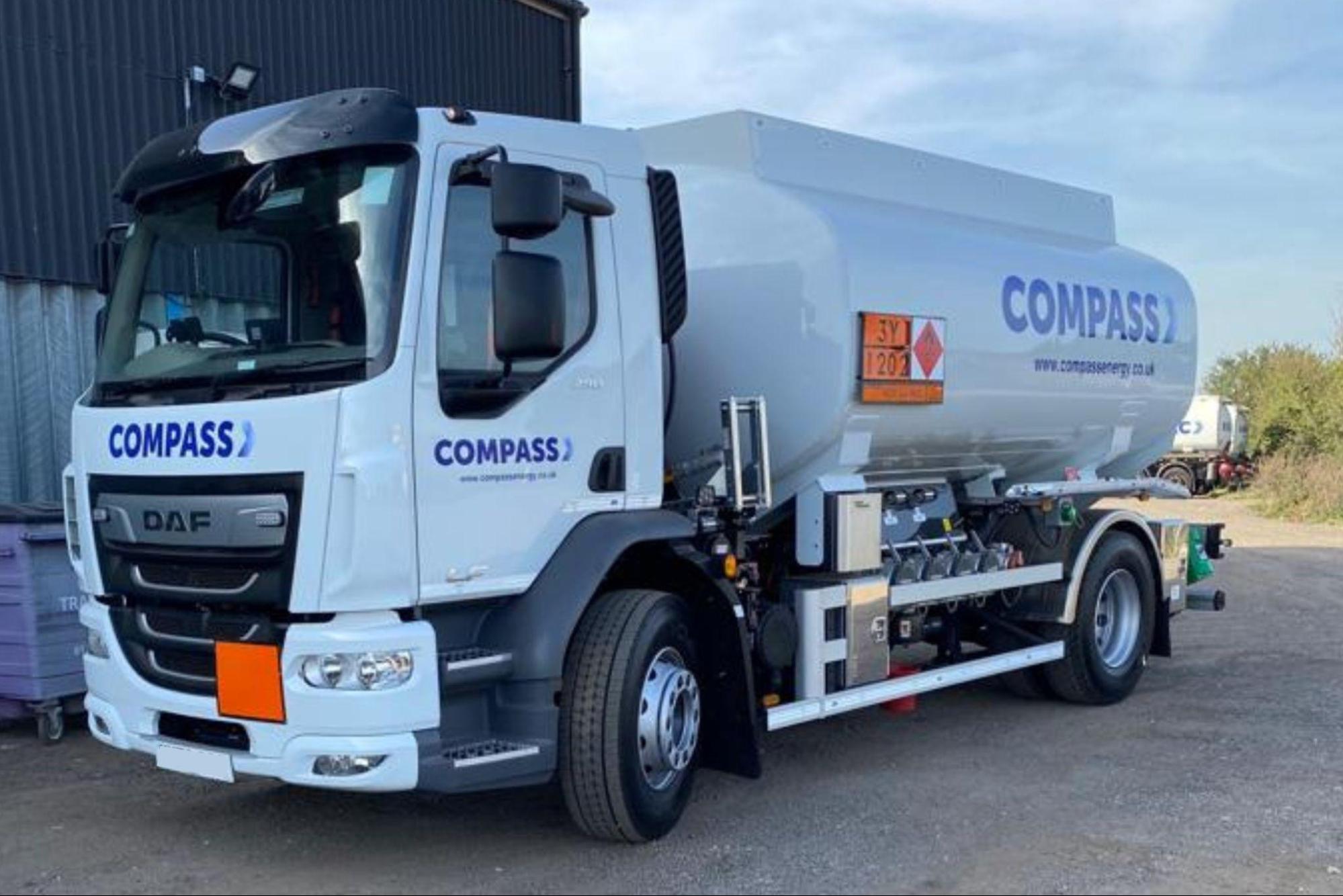Understanding the Process for Heating Oil Delivery
Heating oil delivery plays a crucial role in ensuring your home or workplace stays warm and comfortable, especially during the winter months. For many households across the UK, heating oil is a reliable and cost-effective option for central heating and hot water systems. However, understanding the heating oil delivery process can help you plan better, manage costs, and ensure your oil tank never runs dry.
From ordering your heating oil to the final delivery, the process is straightforward but requires some basic knowledge to make it seamless. Whether you are a first-time user or someone looking to optimise your current heating setup, this guide will walk you through every step. We’ll cover how to check your oil levels, place an order, and prepare for delivery, ensuring a hassle-free experience.
This blog has everything you need to know about heating oil delivery, making your home heating experience efficient and stress-free.
Factors to Consider When Choosing a Heating Oil Provider

- Pricing and Transparency
Look for a provider that offers competitive rates, but don’t be swayed by low prices alone. A reliable provider will have transparent pricing, clearly outlining all costs, including delivery fees or surcharges. Flexible payment options, such as direct debits or monthly instalments, can make budgeting for heating oil more manageable. Always ask for a detailed quote to avoid unexpected charges later.
- Delivery Options and Reliability
A dependable heating oil provider ensures your tank is topped up when needed. Consider whether the supplier offers regular delivery schedules, emergency services for urgent needs, and online tracking systems for added convenience. Providers that guarantee timely delivery, especially during peak winter months, are invaluable for keeping your home warm without interruptions. Ensure they service your area efficiently and have contingency plans for adverse weather conditions.
- Reputation and Reviews
The reputation of a heating oil provider speaks volumes about their reliability and service quality. Check online reviews, customer testimonials, and ratings to gauge their performance. A provider with positive feedback on aspects like punctuality, customer care, and product quality is a safer bet. Recommendations from friends or neighbours can also help identify trusted local suppliers.
- Environmental Policies
With growing awareness of environmental impact, choosing a provider with eco-friendly practices is a wise decision. Some suppliers now offer biofuel blends or carbon offset schemes to help reduce emissions. A commitment to sustainability not only benefits the environment but also ensures you are aligning with modern energy standards and practices.
- Customer Support
Exceptional customer service is a hallmark of a reliable heating oil provider. A responsive and knowledgeable support team can address issues promptly, answer queries about delivery or pricing, and offer advice on managing your oil consumption. Check if the provider offers multiple contact methods, such as phone, email, or live chat, and ensure they are available during hours that suit your schedule.
The Process for Heating Oil Delivery

- Checking Your Oil Levels
Regularly monitor your oil tank to avoid running low, especially during winter when demand peaks. Modern tanks often have gauges or smart monitors to help you keep track of levels, ensuring you order oil before it’s critically low.
- Placing Your Order
Once your oil levels drop, contact your chosen supplier to place an order. Many providers offer the convenience of online booking or mobile apps, allowing you to select quantities, schedule deliveries, and even lock in competitive prices. For first-time users, discussing your heating needs with the supplier can help determine the right volume.
- Preparing for Delivery
Before delivery day, ensure your oil tank is accessible. Clear driveways, remove obstacles, and inform your supplier of any access restrictions or special instructions. It’s also wise to check that your tank is in good condition and complies with safety regulations.
- Delivery Day
On the agreed day, the delivery driver will arrive with a tanker to refill your tank. They’ll connect a hose to your oil tank, pump the ordered quantity, and ensure the process is safe and spill-free. After delivery, you’ll receive a delivery note or invoice for your records.
- Post-Delivery Checks
Once your tank is filled, verify the oil level and check for any leaks or issues. Some suppliers offer maintenance services to inspect your tank and ensure everything is functioning correctly.
Common Misconceptions about Heating Oil Delivery

- Heating Oil Delivery is Unreliable
Many people assume that heating oil delivery is prone to delays, especially during winter. In reality, most suppliers prioritise timely deliveries and offer advanced scheduling or automatic top-up services to ensure customers never run out. Reliable providers also communicate effectively, keeping you informed about delivery times and potential delays.
- Heating Oil is Expensive
While energy costs fluctuate, heating oil often remains competitive compared to other fuel options. Suppliers frequently offer flexible pricing plans, discounts for bulk orders, and even capped rates during peak demand seasons. Efficient oil usage and regular boiler maintenance further help reduce costs.
- Heating Oil is Environmentally Harmful
Modern heating oil has significantly improved when it comes to efficiency and emissions compared to older types. Many providers now offer low-sulphur options or biofuel blends, which are more eco-friendly and align with sustainability goals.
- It’s Difficult to Monitor Oil Levels
Gone are the days of manually checking oil levels. Today, smart monitoring devices can track your tank’s oil levels and alert you when it’s time to reorder. These tools simplify the process and help avoid running out of fuel.
- Heating Oil Delivery is Only for Rural Areas
While heating oil delivery is popular in rural areas without access to the gas grid, it’s also a practical choice for suburban homes. Its efficiency and reliability make it an excellent alternative to other energy sources.
Conclusion
Heating oil delivery is an important service for countless households across the UK, ensuring a reliable source of warmth and comfort, especially during the chilly winter months. By understanding the delivery process, you can take proactive steps to manage your heating system efficiently and avoid the stress of running out of fuel when you need it most.
From monitoring your tank levels to selecting a reputable provider and preparing for delivery, each stage plays a crucial role in making the process smooth and hassle-free. Modern advancements, such as smart oil level monitors and eco-friendly fuel options, have further simplified heating oil management, offering convenience and sustainability for users.
Choosing a supplier that aligns with your needs and values, such as reliability, transparent pricing, and environmental responsibility, ensures you receive the best service possible. Additionally, staying informed about common misconceptions helps you maximise the benefits of heating oil delivery without unnecessary concerns.
Ultimately, heating oil delivery is more than just a service; it’s a solution that provides security, efficiency, and comfort for your home. By applying the insights shared in this guide, you can enjoy an uninterrupted, cost-effective heating supply and the peace of mind that comes with it, keeping your home cosy and your family warm all year round.





